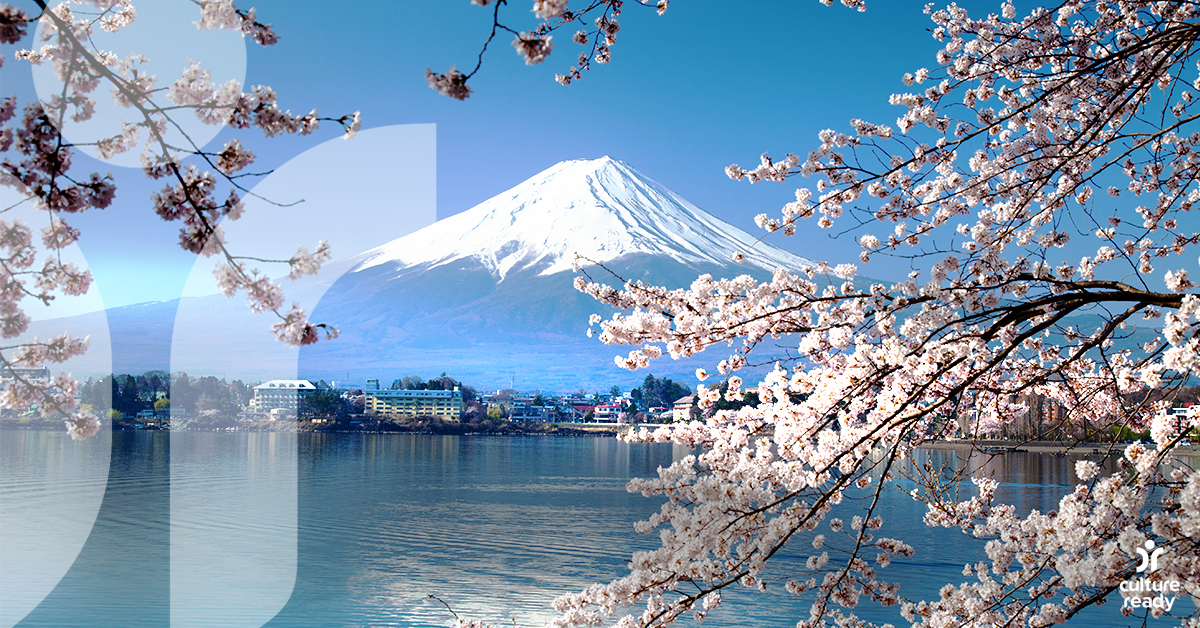Wabi Sabi: Finding Perfection in the Imperfect
According to legend, the definition of Wabi sabi was never written down; only shared through spoken word, evolving as it was passed between teachers and students. Although it is difficult to pinpoint an exact definition, the Japanese concept of Wabi sabi has come to reflect an understated elegance that takes pleasure in the imperfect.
Wabi sabi is a Zen Buddhism aesthetic philosophy that has its roots in the Japanese tea ceremony. The term is the result of merging the two independent meanings of Wabi and Sabi together. Wabi means “simplicity, humility and living in tune with nature” and Sabi “refers to what happens with the passage of time."
Zen philosophy outlines seven aesthetic principles involved in achieving Wabi sabi:
- Kanso — simplicity
- Fukinsei — asymmetry or irregularity
- Shibumi — beauty in the understated
- Shizen — naturalness without pretension
- Yugen — subtle grace
- Datsuzoku — freeness
- Seijaku — tranquility
The philosophy rejects the pursuit of perfection that is often present in modern advertisements and social media for a simplistic, everyday approach to beauty. Leonard Koren the author of “Wabi-Sabi: for Artists, Designers, Poets & Philosophers” describes it as “the beauty of things imperfect, impermanent, and incomplete, the antithesis of our classical Western notion of beauty as something perfect, enduring, and monumental."
Wabi sabi is found throughout nature. For instance, as the seasons change and the leaves turn different colors in the Fall, they capture the fleeting beauty created by the passage of time. The irregular way that fruits and vegetables grow in a garden also embodies the natural imperfections celebrated by the concept.
The Japanese art form of kintsugi traditionally encapsulates Wabi sabi. In kintsugi, “cracked pottery is filled with gold-dusted lacquer as a way to showcase the beauty of its age and damage rather than hiding it.” This style of art draws attention to the faults of a piece and embraces the idea that even when something is flawed it still retains its value.
Examples of Wabi sabi can easily be found in daily life. Secondhand décor and pieces passed down by family have developed their own story over time and can invoke the concept in your home. Furniture and materials that continue to be well-loved as they age, like wood, linen, or stone, showcase simple and changing beauty. The next time you find yourself appreciating the shape of seashells on a beach or your favorite well-worn pair of jeans, know that at that moment you are embracing the ancient concept of Wabi sabi.
Learn more
- Japan's Unusual Way to View the World
- Perfectly Imperfect - The Japanese Concept of Wabi-Sabi
- Exploring the Simplistic Beauty of Wabi Sabi
- Wabi-Sabi: How to Embrace This Ancient Japanese Philosophy at Home And Life?
- Wabi Sabi Your Life: Six Strategies for Embracing Imperfection
